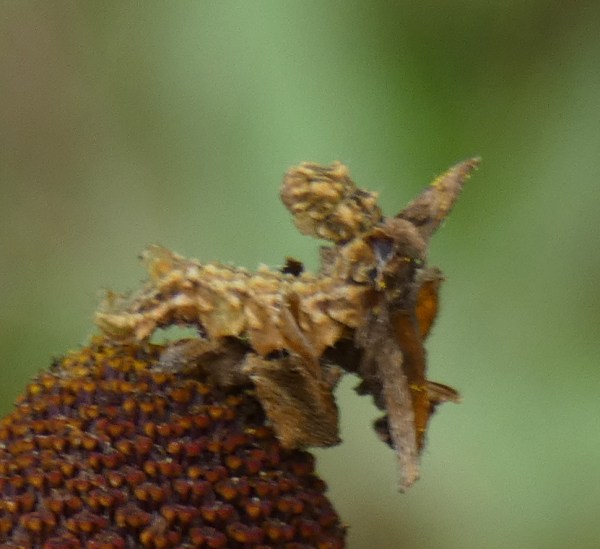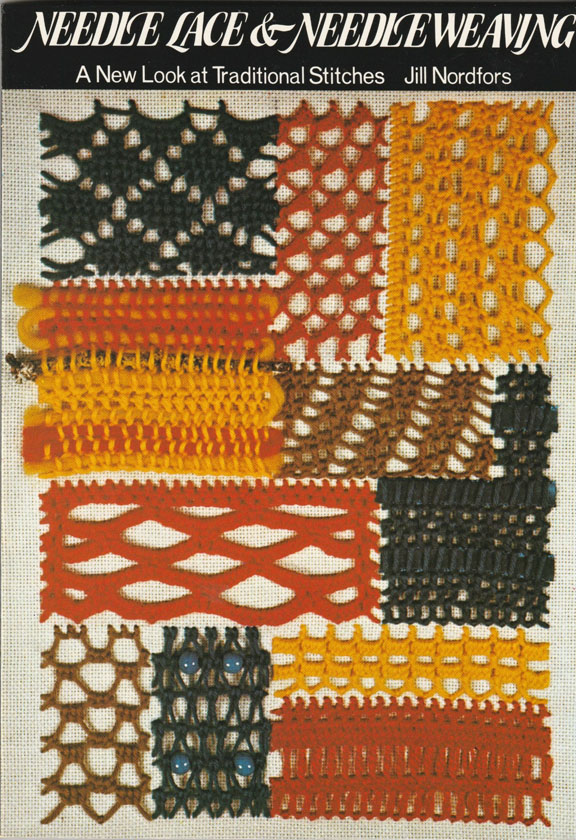Bioblitz Fun
A bioblitz is an event where people try to find and identify as many species as possible, in a certain place, in a limited amount of time. Often they have a festival feel and are aimed at getting the general public more involved with protecting biodiversity.
I have never been to a real one, but I have been taking part in virtual ones, most recently Snake Days 2020 Statewide BioBlitz in Texas — with the pandemic, it had been converted to a nine-day online event, and expanded to document all species, not just herps.
Normally I am outside with my camera every day, and I take pictures of species that are new to me, or look particularly fetching that day. I might take 100 pictures or I might take none. Trying to document a wide variety of species for a bioblitz gives me reason to go beyond my routine — to dawdle along my usual path, venture to less-visited areas of our farm, tip over fallen logs, sweep with nets, go out at night.
Going slowly, I noticed an unusual lump on this rudbeckia flower — was it a clump of mutated plant cells?
I went in for a closer look, and the “growth” started moving around.
Definitely some sort of insect.
I learned later that this is a “Camouflaged Looper,” the larval form of a Wavy-lined Emerald moth.
One evening I took the kayak out and paddled slowly around the edge of the pond.
A White-eyed Vireo, a bird I hear all the time but rarely see, came out to see what that strange blue form was.
And I was able to sneak up on a Plain-bellied Watersnake.
One night I went out with a strong flashlight, and snuck up on some frogs.
Each day of the bioblitz, I spent about two hours taking pictures, and then another hour editing and uploading the photos.
All of the information for this bioblitz was gathered on iNaturalist. When you upload your pictures, suggested identifications appear, at different levels of taxonomy. You can select the species if you know it, or something more general like genus or order. Then other people can agree with your identification, or provide you a better one.
I have been slowly learning the species on our farm over the 11 years we have lived here. For this bioblitz, I submitted observations for 82 species (I would have thought I could easily get more! — I know where all the plants are, and where lots of species hang out), and I already knew the names of 58 of them. My “unknown” observations were identified by helpful people, and that was also part of the fun. Where else would I learn of names like Fractured Western Snout, Speckled Lamplighter, Queen’s Delight, Zizotes Milkweed, Arrowhead Spiketail —
and my favorite, Bent-shielded Besieger Wasp, whose Latin name is even better — Gnamptopleta obsidianator.
I did have some frustrations with this bioblitz as well — a Western Ratsnake showed up a day too early to be counted; regular residents refused to show up, or they moved too quickly for me to get a picture, so I couldn’t count them; it wasn’t the right time of year for lots of species to be here.
I don’t think I discovered anything that will send the project’s coordinators into a tizzy of joy, but for me the time was well worth it — I learned a lot of new species, and the focused time in nature gave me a welcome mental break.



















Reading your posts keep me inspired, Gwen. Such a great work you are doing, and having fun at the same time. I love it!
Teri
Thank you! I am glad you like them. This particular bioblitz didn’t include fungus but I took pictures of them anyway — one day I will identify them too! 🙂
You appear to have enjoyed a successful blitz. Lots of well disguised creatures out there as you found.
I use iNaturalist, too. It is helpful and an interesting way to collaborate.